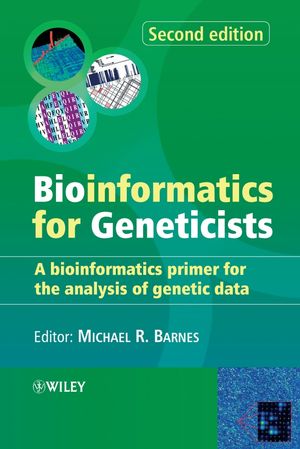 |
| Bruce Bacon, M.D. |
"These findings are especially significant for patients who don't respond to initial treatment," said Bacon. "When the hepatitis C virus is not eliminated, debilitating fatigue and more serious problems can follow."
Hepatitis C is caused by a virus that is transmitted by contact with blood. The infection may initially be asymptomatic, but for patients who develop chronic hepatitis C infection, inflammation of the liver may develop, leading to fibrosis and cirrhosis (scarring of the liver), as well as other complications including liver cancer and death.
The prognosis varies for patients with chronic hepatitis C. With the current standard therapy, about half fully recover after an initial course of peginterferon and ribavirin anti-viral therapy that may last from six months to a year.
The remaining patients, known as non-responders, may improve with initial treatment but the virus is not eliminated, or may not respond to treatment at all. For this group, the only current option is to retreat patients with the same or similar drugs, which increases the likelihood of severe treatment side-effects. In addition, researchers have found that the success of treatment depends on the major strain, or genotype, of hepatitis C that a patient has.
The HCV RESPOND-2 study looked at 403 patients with chronic hepatitis C infections with genotype one, the most difficult strain of the virus to treat, who still had significant levels of the virus after being treated with peginterferon and ribavirin, the standard hepatitis C treatment.
"These results are very exciting," Bacon said. "In this study, boceprevir helped cure significantly more patients in 36 weeks of therapy than did treatment with peginterferon and ribavirin alone."
A second study, HCV SPRINT-2, examined patients with hepatitis C with genotype one who had not yet been treated with the standard treatment. They, too, responded well to the drug.
Bacon calls the progress made in treating hepatitis C remarkable.
"We've gone from the discovery of the virus in 1989 to where we are now, 22 years later, when we have the ability to cure a large majority of those with hepatitis C," Bacon said. "It's a true success story."
"Drugs like boceprevir are going to revolutionize care of those with hepatitis C."
The clinical trial was funded by Merck, which expects to begin seeking FDA approval this year.
Established in 1836, Saint Louis University School of Medicine has the distinction of awarding the first medical degree west of the Mississippi River. The school educates physicians and biomedical scientists, conducts medical research, and provides health care on a local, national and international level. Research at the school seeks new cures and treatments in five key areas: cancer, liver disease, heart/lung disease, aging and brain disease, and infectious disease.

















